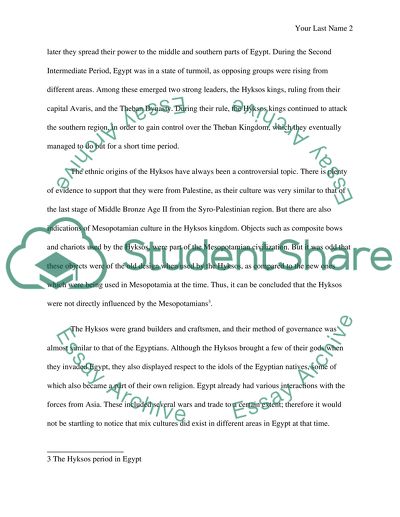Cite this document
(“Rise and Fall of the Hyksos in the Egyptian Civilization Research Paper”, n.d.)
Retrieved from https://studentshare.org/history/1393880-rise-and-fall-of-the-hyksos-in-the-egyptian-civilization
Retrieved from https://studentshare.org/history/1393880-rise-and-fall-of-the-hyksos-in-the-egyptian-civilization
(Rise and Fall of the Hyksos in the Egyptian Civilization Research Paper)
https://studentshare.org/history/1393880-rise-and-fall-of-the-hyksos-in-the-egyptian-civilization.
https://studentshare.org/history/1393880-rise-and-fall-of-the-hyksos-in-the-egyptian-civilization.
“Rise and Fall of the Hyksos in the Egyptian Civilization Research Paper”, n.d. https://studentshare.org/history/1393880-rise-and-fall-of-the-hyksos-in-the-egyptian-civilization.


